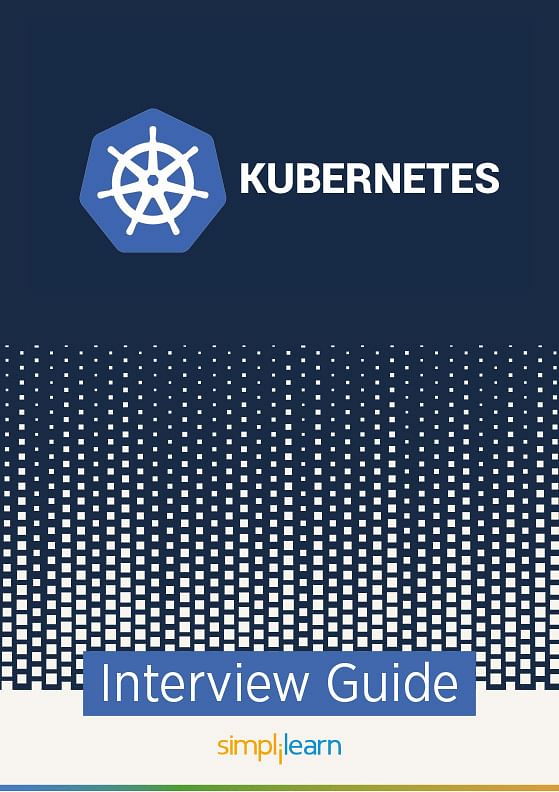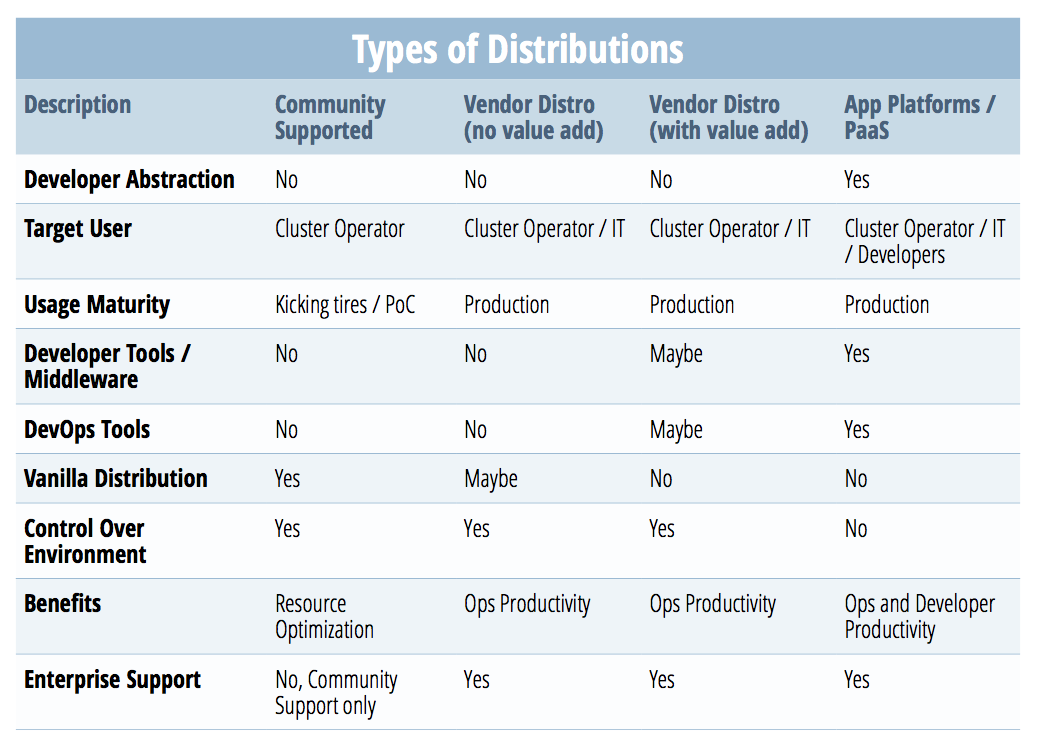
I want to find all deployments what have the label importance=normal found in the spec/template/metadata/labels (see my deployment yaml below).
Is there a command that would allow me to get the deployments that create the pods with the label importance=normal? This annotation must be supplied as a list ofKubernetes tags also integrate perfectly with Dynatrace filters.I know that I can perform this command to see all the pods that have a certain label : kubectl get pods -l importance=normal Uninstall Kyverno by executing the command: helm uninstall kyverno -n kyverno. You can also leverage Kubernetes tags to set up fine-grained alerting profiles. Delete the load balancer created during the test: kubectl delete -f testservice.yaml. Configuration keys are entry point configurations that allow users and admins to dynamically fine-tune HAProxy status. It should consist of a list of IPs or CIDRs, one per line. This allows you to easily find and inspect the monitoring results of related processes running in your Kubernetes or OpenShift environment. List of all annotations and global ConfigMap options. The value is treated as a pattern file (see -configmap-patternfiles ) if it starts with patterns/. Kubernetes-based tags are searchable via Dynatrace search. Kubernetes pod UID: Unique ID of the related pod.Kubernetes namespace: Namespace to which the containerized process is assigned.
#Kubernetes annotations list full
Kubernetes full pod name: Full name of the pod the container belongs to.Kubernetes container: Name of the container that runs the process.This is useful to pass a template string as a value to a chart or render external configuration files. Meshing a Kubernetes resource is typically done by annotating the resource (or its namespace) with the linkerd.io/inject: enabled Kubernetes annotation. The tpl function allows developers to evaluate strings as templates inside a template. Kubernetes base pod name: User-provided name of the pod the container belongs to. Values.foo is defined, but will fail to render and exit when.Such properties and annotations can be used when specifying automated rule-based tags.Īdditionally Dynatrace detects the following properties that can be used for automated rule-based tags and property-based process group detection rules. Automatic detection of Kubernetes properties and annotationsĭynatrace detects Kubernetes properties and annotations.

These tags and rules can be changed and adapted any time and will apply almost immediately without any change to the monitored environment or applications. This enables you to use automated tagging rules, based on existing or custom metadata, to define your filter sets for charts, alerting, and more. However, unlike labels, annotations are not generally meant for querying or applying operations to a subset of Kubernetes objects. A list of regular expressions to match the lines that you want Filebeat to. These are key-value pairs used to attach non-identifying metadata to objects.
#Kubernetes annotations list code
Dynatrace automatically detects and retrieves all Kubernetes and OpenShift annotations for pods that are monitored with a OneAgent code module. The hints system looks for hints in Kubernetes Pod annotations or Docker. For Kubernetes-based applications, you can simply use Kubernetes annotations. Annotations in Kubernetes provide a place to store non-identifying metadata for Kubernetes Objects which can be used to get a more elaborate context for an object. Used on: All Objects (typically used on workload resources. We recommend that you define additional metadata at the deployed system. Labels, annotations and taints used on API objects.

Kubernetes reserves all the labels and annotations with the key kubernetes. This enables you to automatically organize and filter all your monitored Kubernetes/OpenShift application components. kubernetes ingress service annotations Ask Question Asked 2 years, 9 months ago Modified 9 months ago Viewed 3k times 2 I am setting up an ingress service following some k8s documentation, but I am not able to understand the following annotations: kubernetes.ip/ingress. Exploit the Standard Labels and Annotations.

Dynatrace automatically derives tags from your Kubernetes/OpenShift labels.


 0 kommentar(er)
0 kommentar(er)
